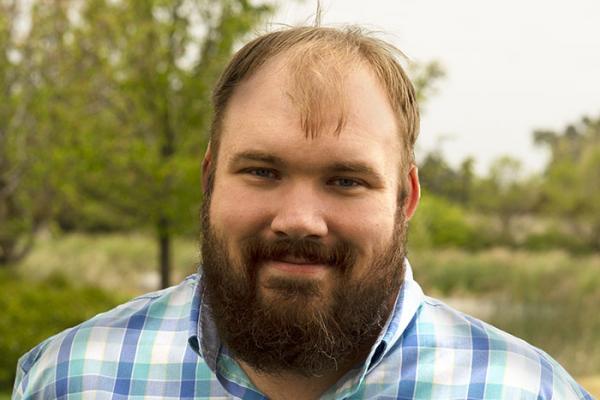
Real time simulations of quantum systems hold the key to modeling and understanding the dynamics and responses of strongly interacting many-body systems such as atomic nuclei and their interactions with other matter. Classical calculations of such systems are plagued by an exponential growth of particle configurations and aggressively more difficult to handle sign problems. Quantum computing offers a pathway to directly simulate the real time evolution of these systems with polynomial scaling and no sign problem. However, current quantum computation is too noisy to implement and execute the formal quantum computing algorithms that have been proposed to compute such real time dynamics. This limitation often manifests itself as a limit in the number of quantum gates that can be applied before the QPU enters a decoherent state and all information about the simulated dynamics is lost. We demonstrate an alternative efficient high-fidelity encoding of the nuclear dynamics onto a QPU and apply it to the real-time simulation of neutron scattering using a Hamiltonian derived from chiral effective field. I will present both simulated data and real data taken on the Lawrence Livermore National Lab’s quantum testbed.
